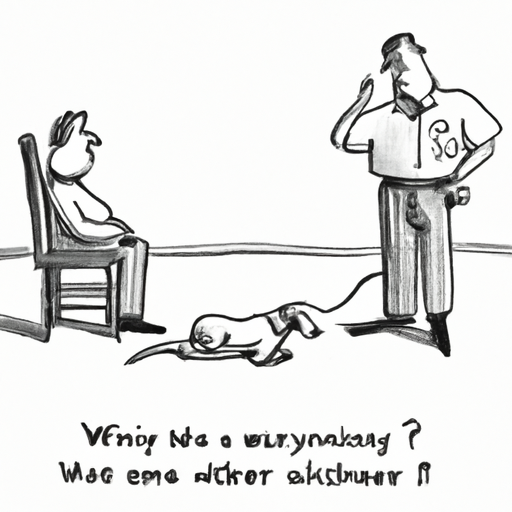As pet owners, our dogs are more than just pets – they’re family. It’s natural to worry when we see them in discomfort or exhibiting unusual behavior, such as a twitching leg. This article delves into the various reasons why your dog’s leg might be twitching, what to look out for, and how to respond effectively.
- Table of Contents
- Common Causes of Leg Twitching in Dogs
- Other Symptoms to Watch Out For
- Diagnosis and Treatment
- How to Help Your Dog at Home
- When to See a Vet
-
FAQs
-
Key Takeaways
- Leg twitching in dogs can be caused by a variety of factors, from simple overexertion to serious neurological conditions.
- Accompanying symptoms can provide valuable clues to the underlying cause.
- Proper diagnosis and treatment require professional veterinary intervention.
- Home care can help manage mild twitching but isn’t a substitute for vet care in severe or persistent cases.
- Timely vet visits can make a significant difference in outcomes for serious conditions.
1. Common Causes of Leg Twitching in Dogs
Leg twitching in dogs can be caused by a wide range of issues, ranging from benign to serious.
Overexertion or fatigue is one common cause. Just like humans, dogs can experience muscle twitches after a strenuous workout.
Injuries, such as sprains or fractures, can also lead to twitching.
Neurological conditions, like epilepsy or degenerative myelopathy, often manifest as muscle spasms or twitching.
Nervous system disorders can cause twitching as well. For example, a condition known as canine distemper can result in muscle spasms.
Finally, parasites can cause twitching, as some types can invade the nervous system.
2. Other Symptoms to Watch Out For
Other symptoms that may accompany leg twitching can provide valuable clues about the underlying cause. These may include:
- Limping or difficulty walking
- Loss of appetite
- Behavioral changes
- Loss of bowel or bladder control
- Seizures
3. Diagnosis and Treatment
The diagnosis and treatment of leg twitching depend on the underlying cause. Your vet might perform a series of tests, including blood tests, X-rays, or an MRI. Once diagnosed, treatment could range from rest and pain medication to surgery or long-term management of a chronic condition.
4. How to Help Your Dog at Home
Providing a comfortable and stress-free environment is crucial. Regular, gentle exercise can help keep muscles toned and prevent twitching caused by overexertion. Massaging your dog’s legs can also provide relief. Here is a helpful guide on how to do this effectively.
5. When to See a Vet
If your dog’s leg twitching is accompanied by other concerning symptoms, or if it persists despite home care, it’s time to see a vet. Early intervention can make a significant difference, especially for conditions like epilepsy or degenerative myelopathy.
6. FAQs
- Is leg twitching in dogs normal?
Occasional twitching can be normal, especially after exercise. However, frequent or severe twitching warrants a vet visit.
- Can leg twitching be prevented?
Prevention depends on the underlying cause. Regular exercise and a healthy diet can help prevent twitching caused by overexertion or fatigue. Regular vet check-ups can help catch and treat more serious causes early.
- What can I do to help my dog if their leg is twitching?
Make them comfortable, try gentle massage, and avoid overexertion. Consult with a vet if the twitching continues.
While a twitching leg can be worrisome, understanding the potential causes and knowing how to respond can help ensure your furry friend gets the care they need. Visit OneTopDog for more helpful pet care tips and advice.



